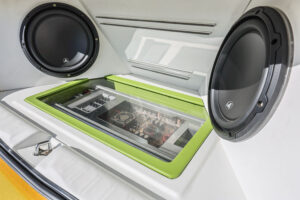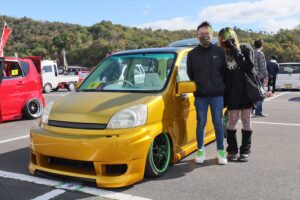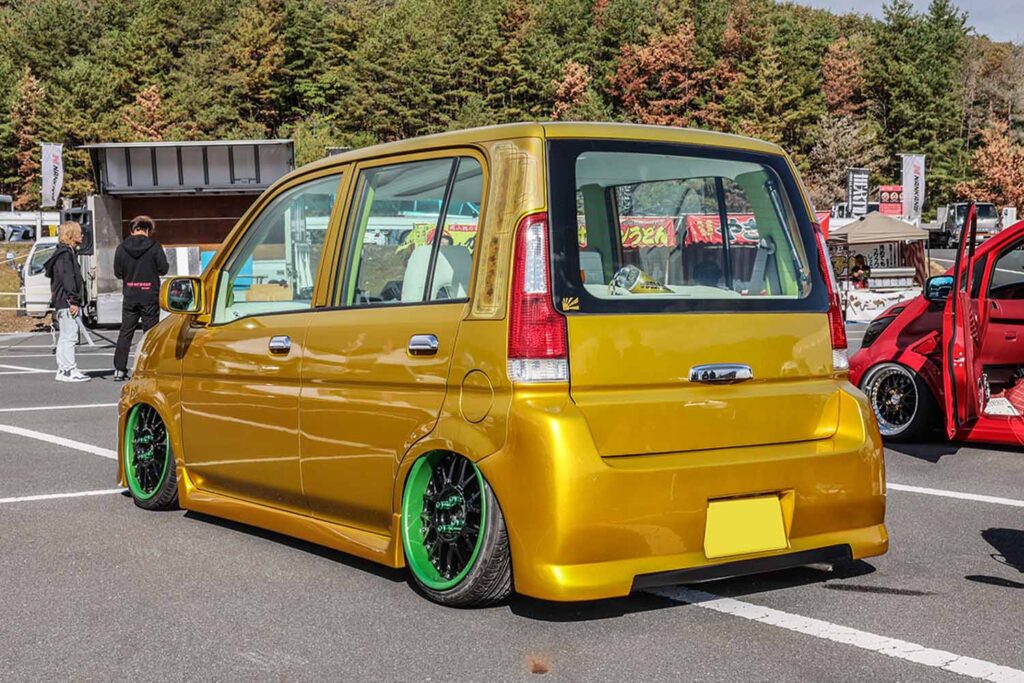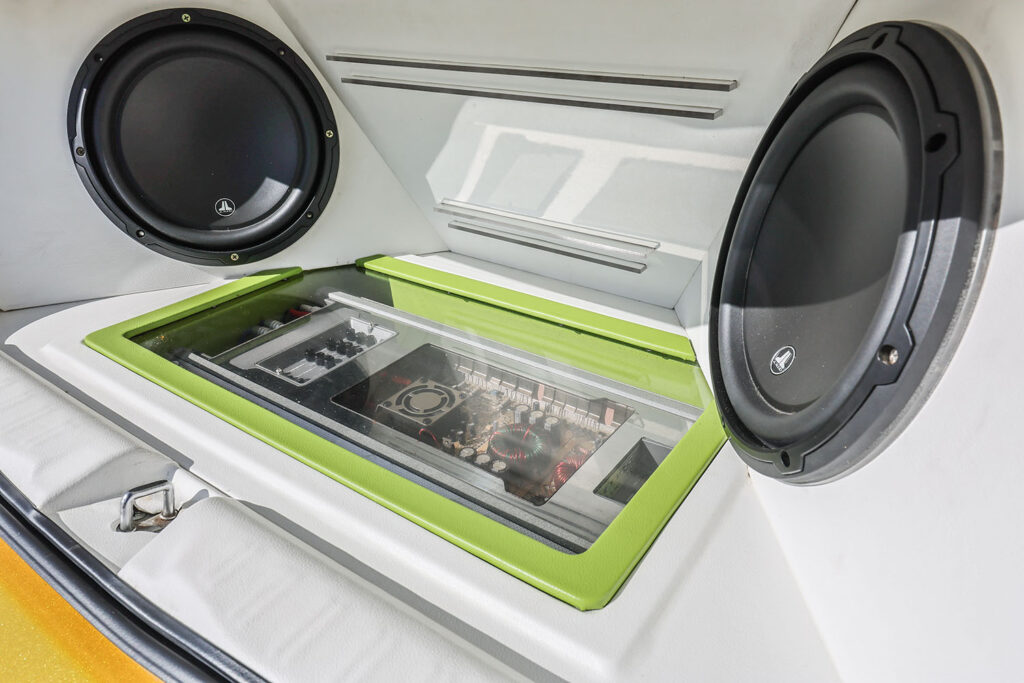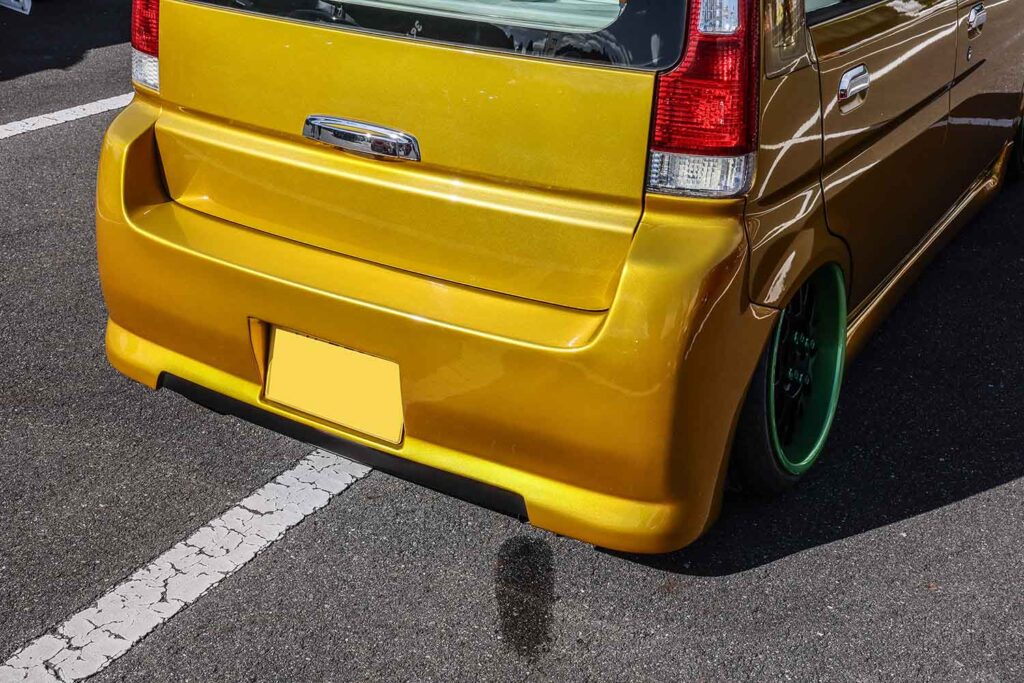Custom “Life” with low rider taste.
The “Life” is a light car from Honda that has been loved for a long time since its first generation. Koshiro Ogino, who has loved the Life for 15 years, has a US-style lowrider version as his favorite car. What kind of customization has been done to it?
After 15 years of repeated specification changes, he ended up with this style
The Honda Life was first introduced as a tall wagon-type mini car, and since the first generation SA model debuted in 1971, it has undergone repeated model changes to match the times. Each series has its unique model, but the third-generation JB1, introduced here in 1998, attracted attention as a “multi-type small car” that was newly developed to meet the new standards for mini cars and that was sensitive to the changes of the times. Its lovely looks also made it popular as a base car for customization, and more than 25 years after its launch, it is still evolving attractively in the hands of owners who love to dress up their cars.
Koshiro Ogino, the man introduced here, also enjoys using his JB1 Life as a custom base for his original car. He has owned the car for 15 years, and during that time he has made countless changes to its specifications to achieve its current appearance, but the impression it gives is different from that of a regular dress-up car in that it is innovative in that it incorporates lowrider techniques.
The body color is all-penned in candy gold, which is asserted by its overwhelming brilliance. As for the exterior parts installed, the front bumper, side steps, and rear bumper were set with FABULOUS parts, and the A-line and some shortening were done to give a different impression from the standard model. In addition, the B-pillar is painted with Lowrider’s standard Soul Paint as a method to make it look more glamorous. The owner’s goal was to make the B-pillar the center of attention, instead of having the Lowrider lines all over the hood and doors.

The finish is reminiscent of American car customization that originated in LA
The interior is coordinated in two-tone colors of white and green, the exact opposite of the gold body color. The seats, upholstery, floor, and panels are all treated with Alcantara + new paint. The most notable feature of the interior is the use of different shades of green, and this custom technique, combined with the chrome spoke steering wheel, is reminiscent of American car customization that originated in Los Angeles.
Another custom feature of Ogino’s car is the installation of an attractive audio system. When the rear hatch is opened, a special audio box with many shiny accessories appears, in which a huge JL Audio speaker and a high-power amplifier are set. In addition to the attractive audio system, the car is also designed to attract attention in the night scene. The car is set up in such a way that it cannot be seen, creating a gap between day and night. During the daytime, the glowing candy paint is used to appeal to the eye, while the indirect lighting creates a different kind of glowing finish during the nighttime scene.
Mr. Ogino’s masterpiece is not a Japanese-style dress-up, but rather an American-style custom taste with an original arrangement, evolving into a splendid custom life. American taste. It was a custom vehicle that gave the impression of being made with the U.S.A. in mind.
translated by DeepL













